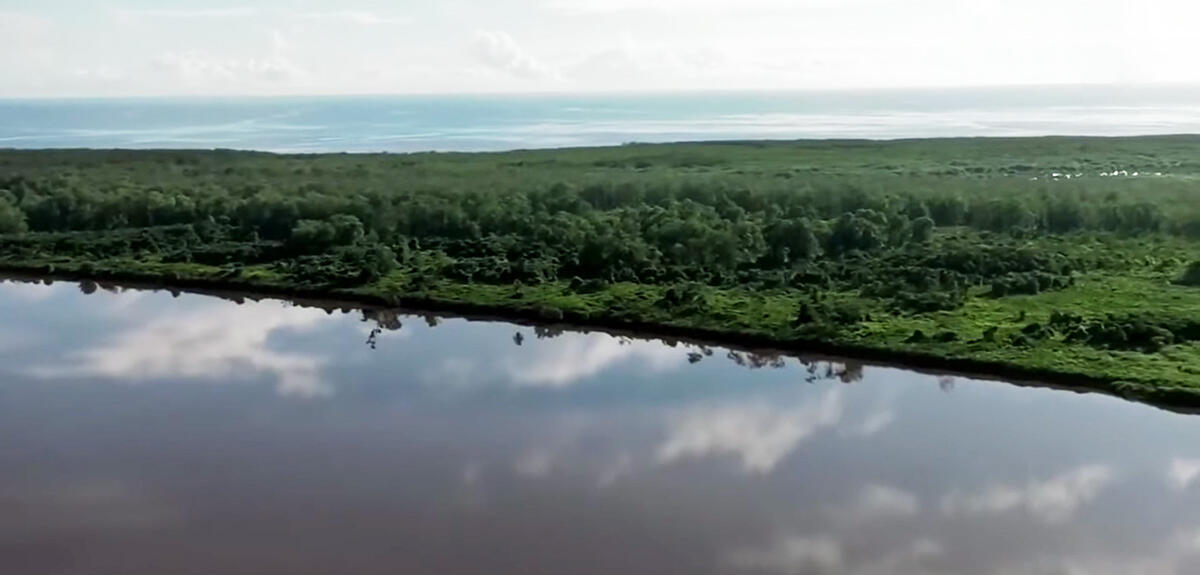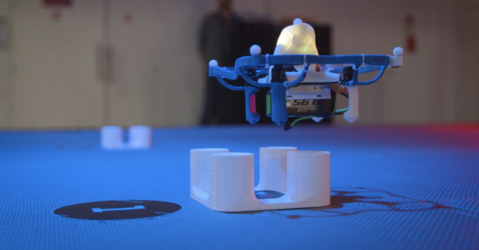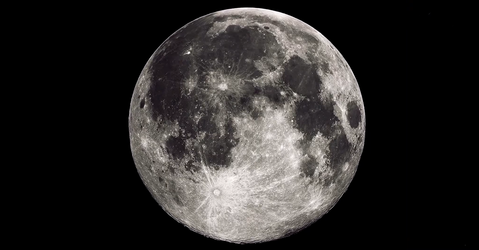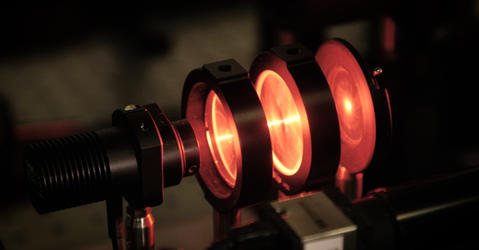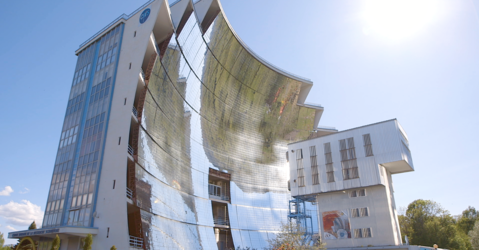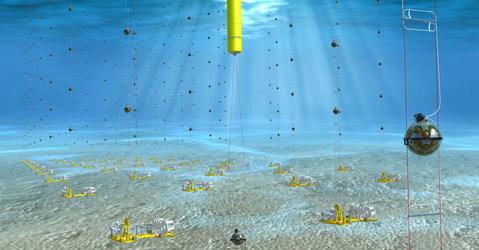You are here
Videos
Each year, some 40 billion tonnes of CO₂, one of the main greenhouse gases, are released into the atmosphere. A significant proportion of these is captured by the oceans, vegetation and the soil. The CNRS scientists are trying to better understand these natural carbon sinks, predict their evolution and also increase their storage capacity, or even envisage artificial sinks.
Recent Videos
From the research lab... to the game room! A team of robotics scientists has developed powerful algorithms that secure drone flights so well that anyone can fly them without fear of crashing...
Fifty years after Neil Armstrong and Buzz Aldrin's historic moonwalk, scientific instruments deployed on the Moon's surface continue to supply valuable data to scientists. Using these reflectors...
About 90% of the digital information that exists today was created in the past two years. Finding new materials able to capture this expanding digital world—and that are less energy-hungry—has...
What if we could power our vehicles with metal powder? Aluminium and magnesium have the same energy density as fossil fuels and the waste—metal oxydes—can be recycled with concentrated solar...
To study neutrinos, some the most elusive particles known to physics, an international team of researchers and engineers are building an ambitious detector called KM3NeT at the bottom of the...
After abolishing slavery, the French government compensated... the slave owners! A team of historians is uncovering new complexities of France's painful past.


